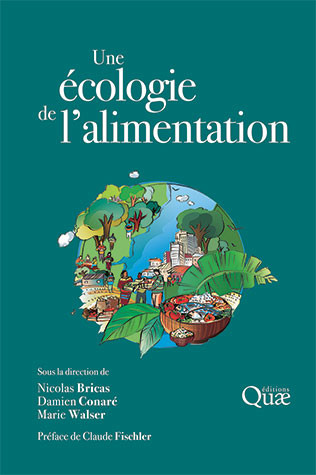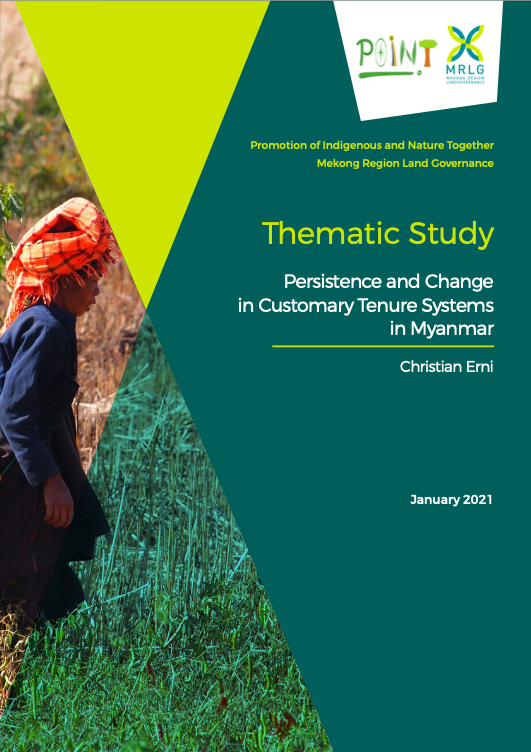L’État de la sécurité alimentaire et de la nutrition dans le monde 2021
Ces dernières années, plusieurs grands facteurs sont intervenus qui font que le monde n’est plus en voie de mettre un terme à la faim et à la malnutrition sous toutes ses formes d’ici à 2030. Les difficultés n’ont fait que grandir en raison de la pandémie de covid-19 et des mesures qui ont été prises pour l’endiguer. Le présent rapport contient la première évaluation mondiale de l’insécurité alimentaire et de la malnutrition pour l’année 2020 et donne une idée de ce à quoi ressemblerait la faim en 2030, dans un scénario encore compliqué par les effets prolongés de la pandémie de covid-19.








